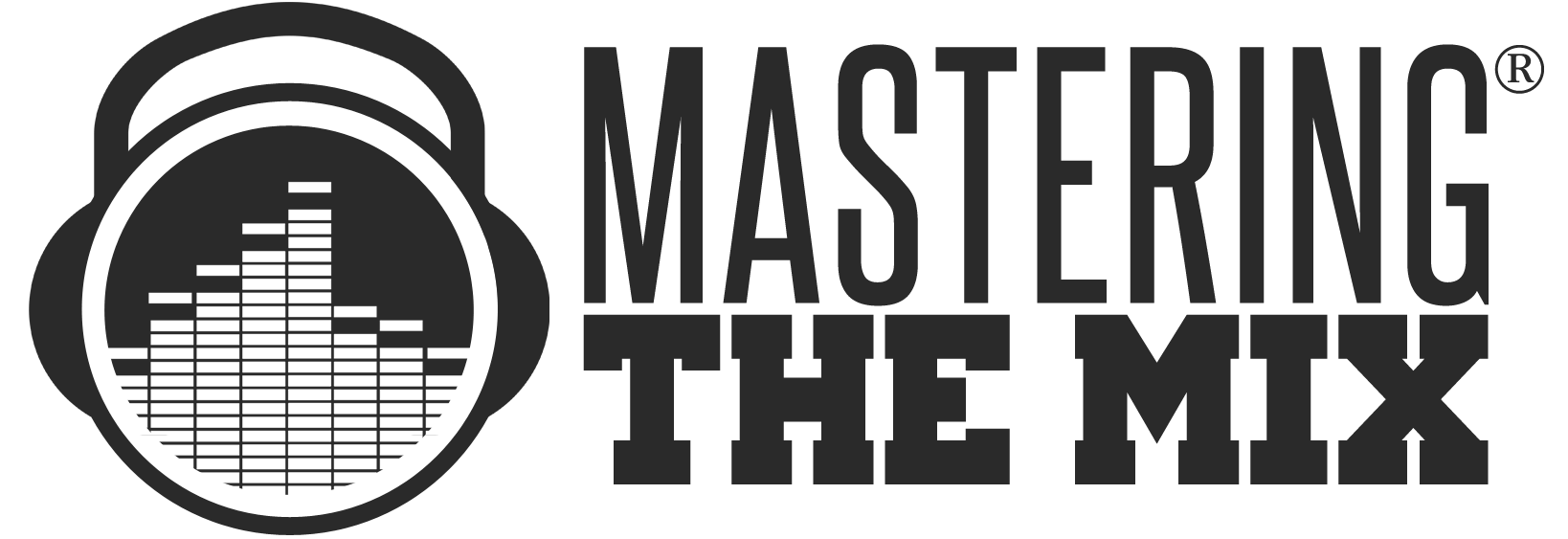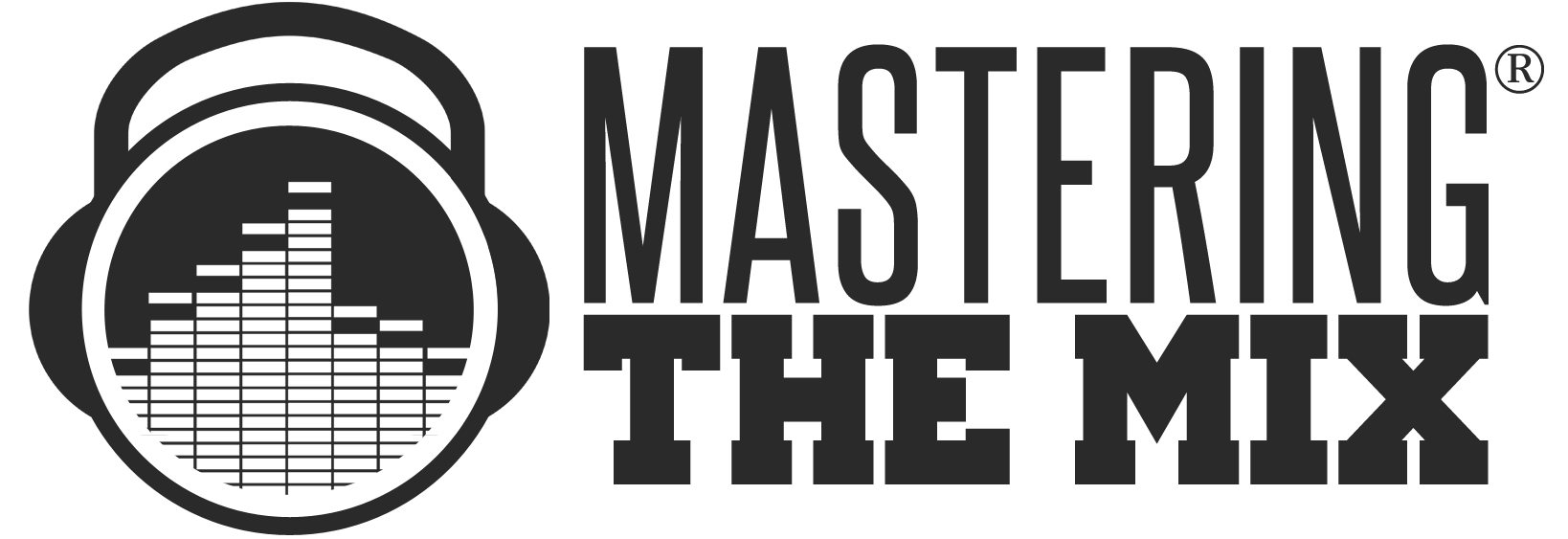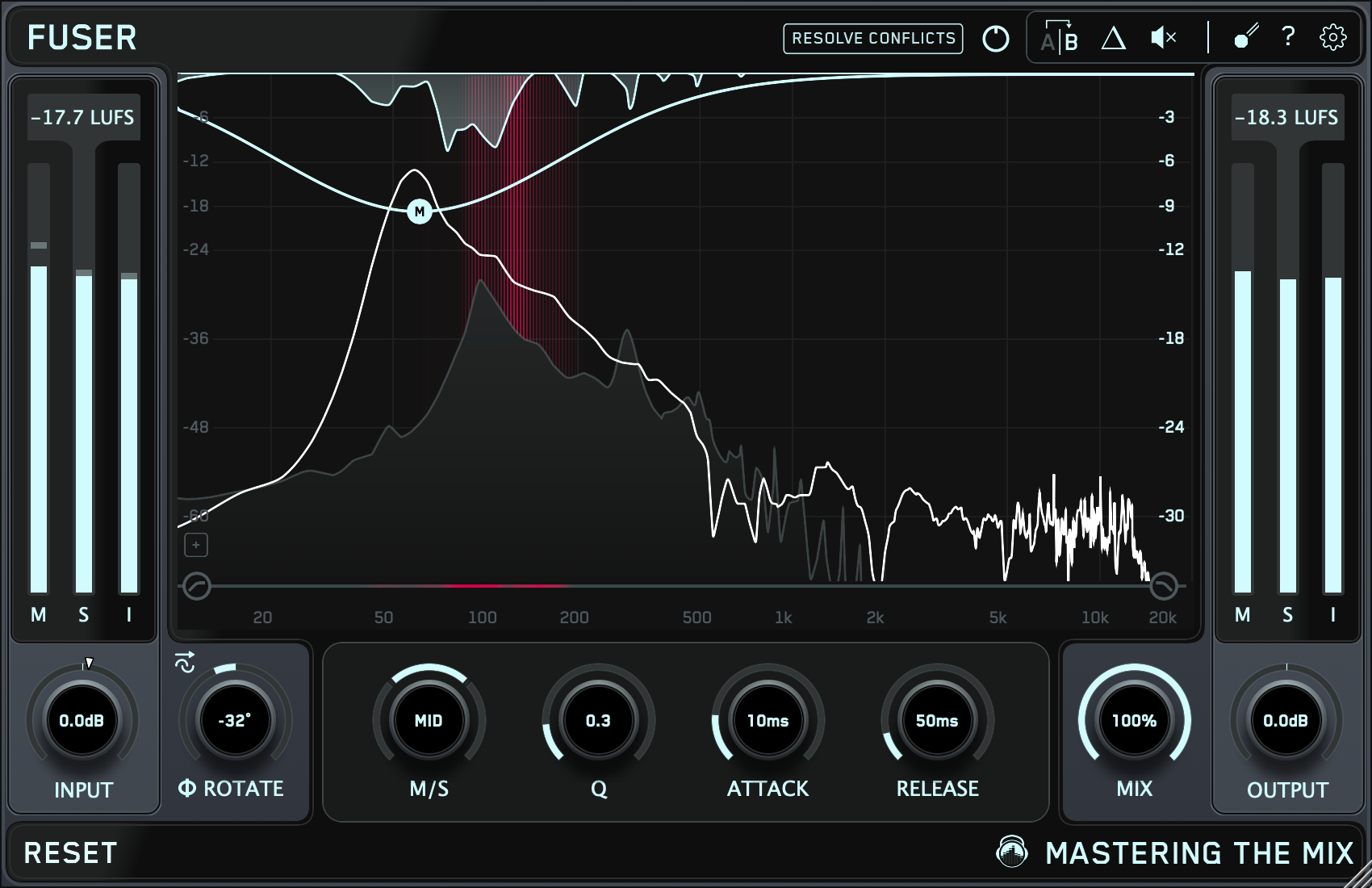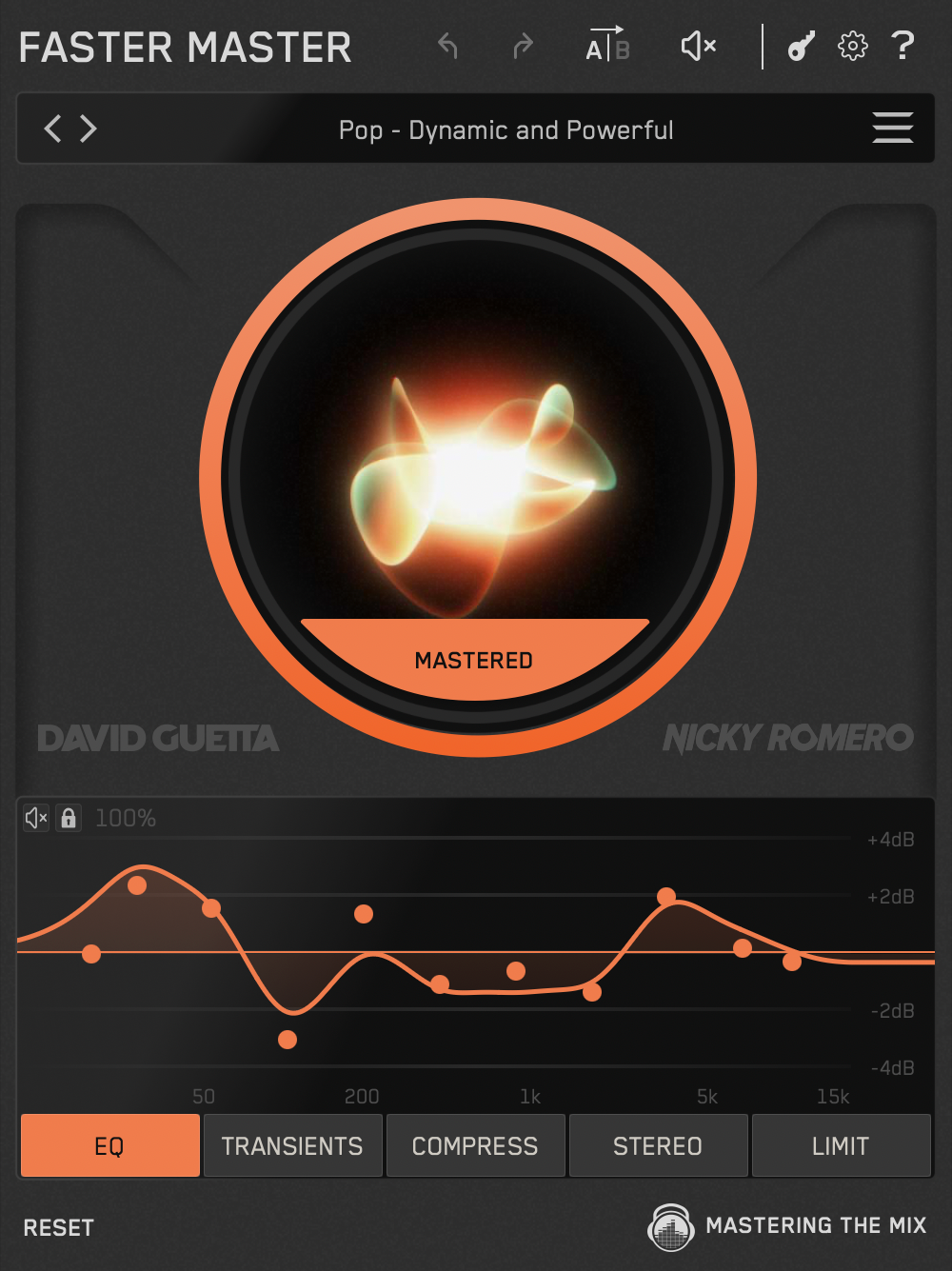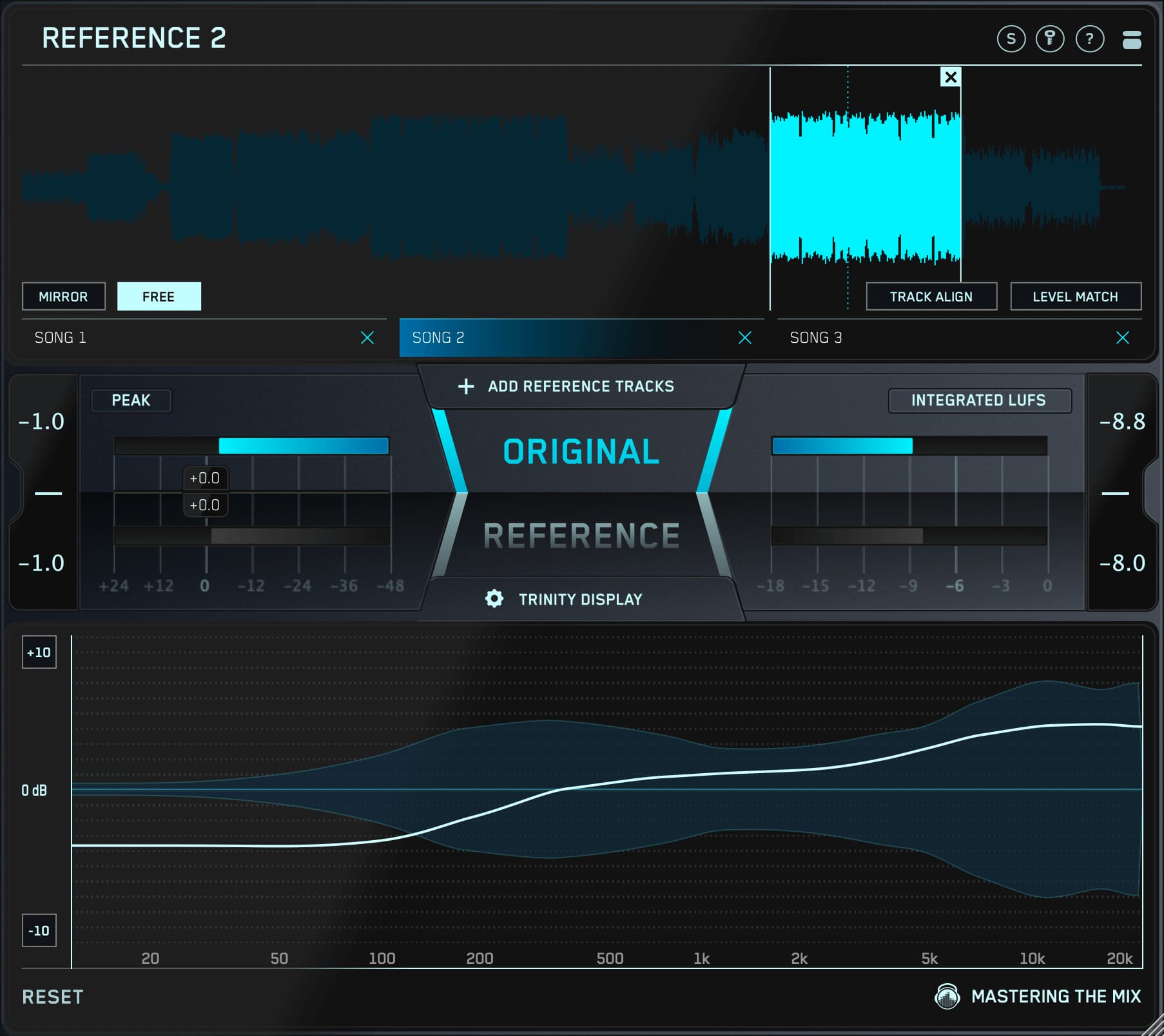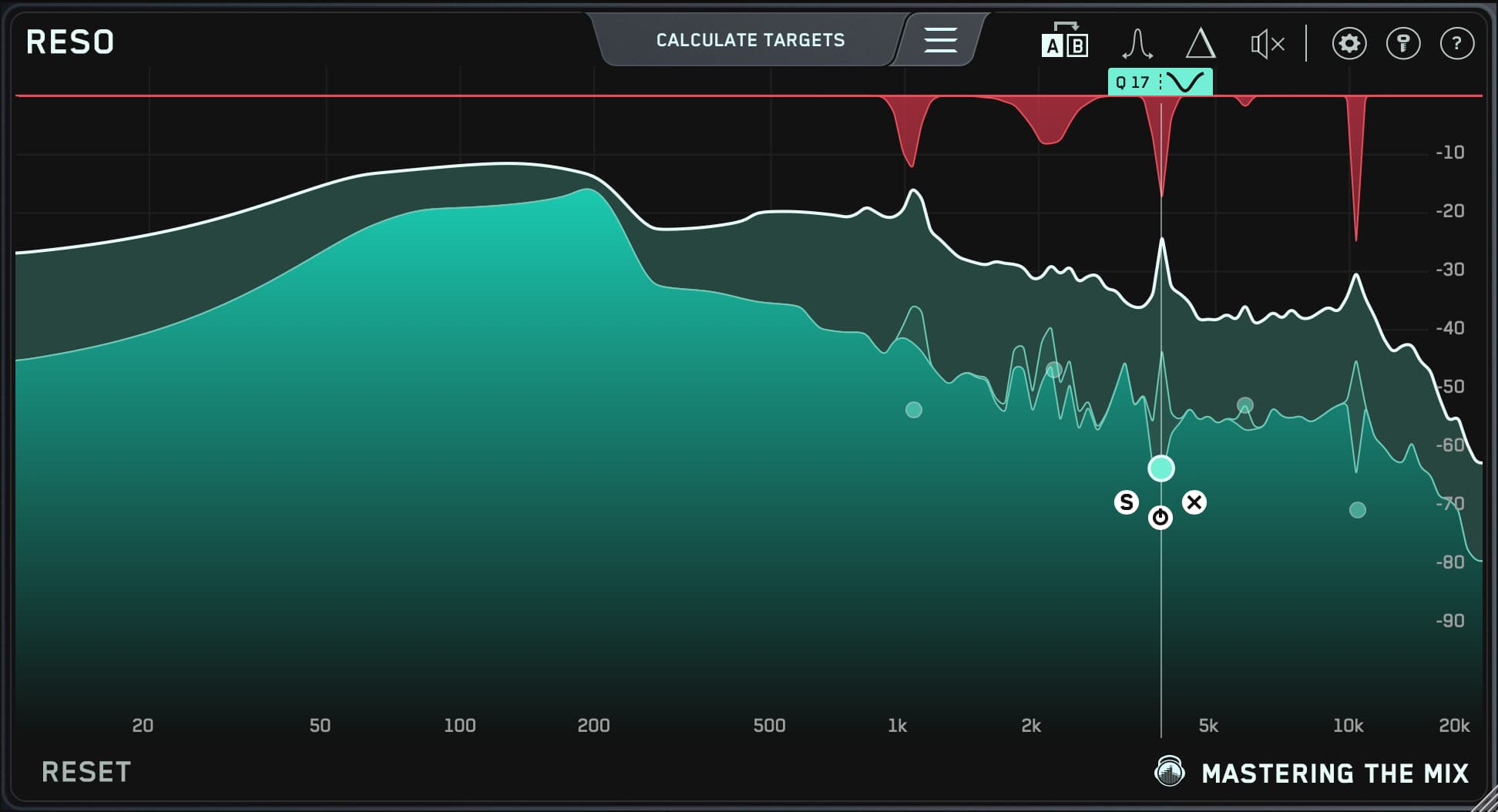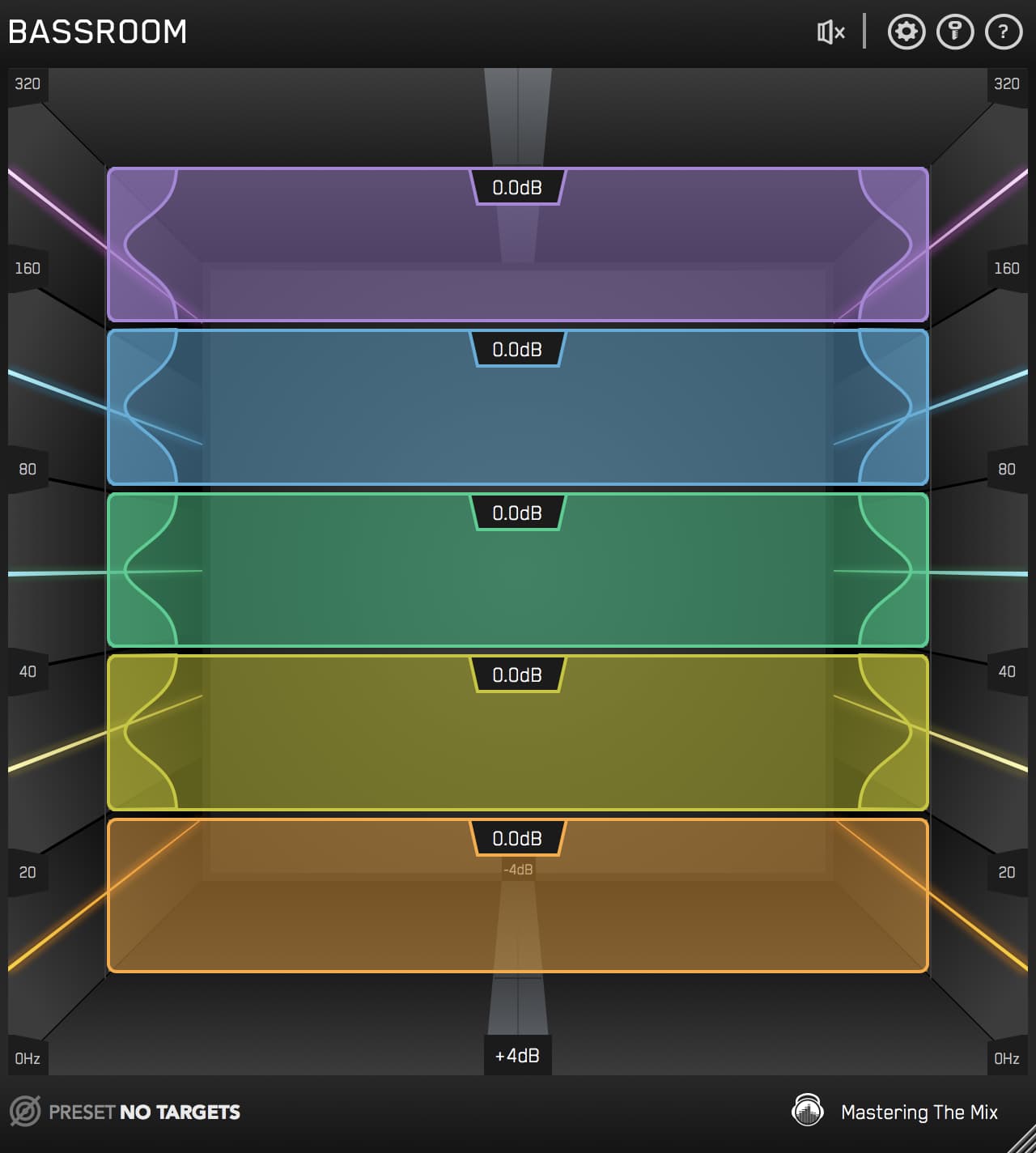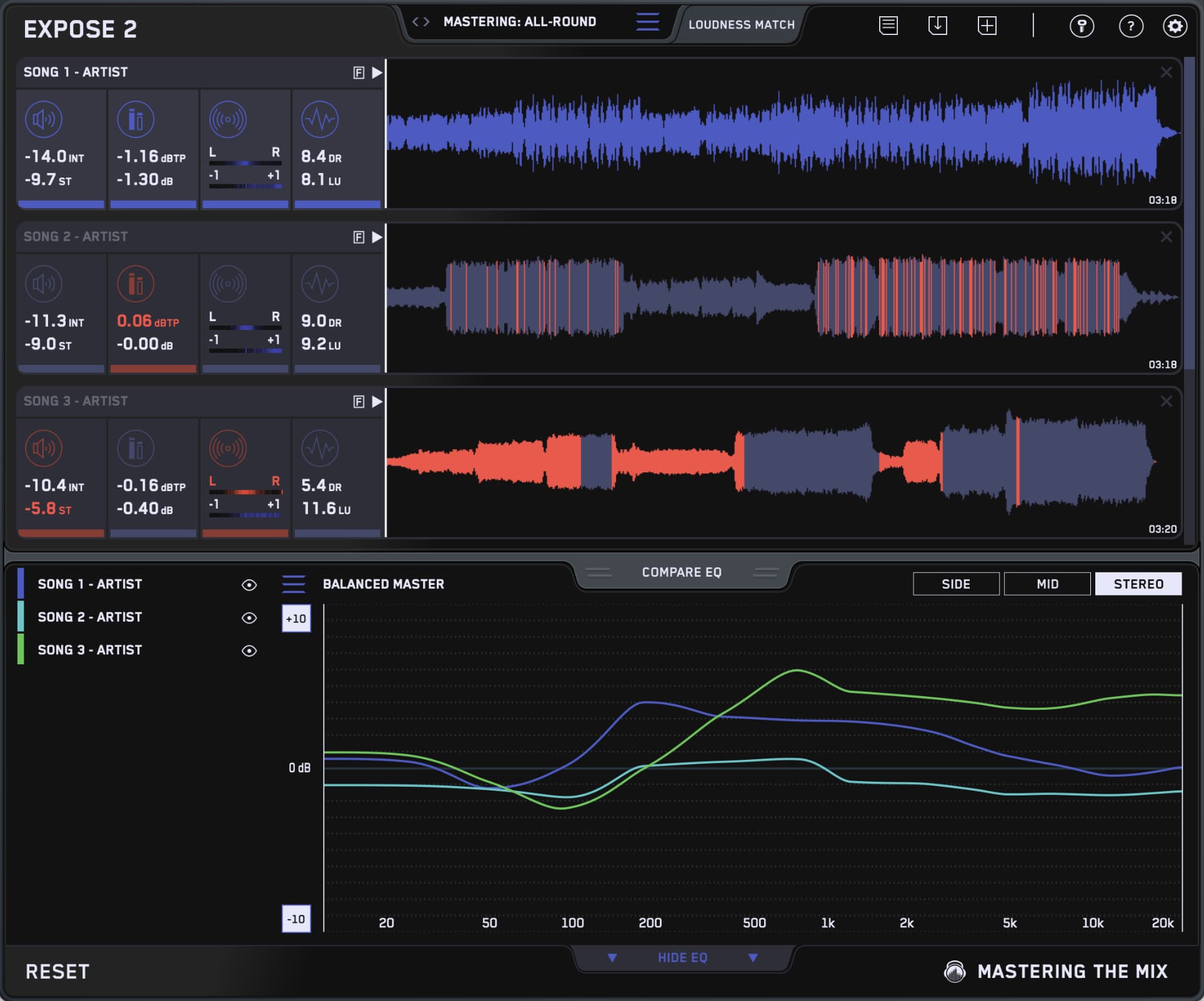Ever wondered why some mixes just sound expensive, like they were crafted in a million-dollar studio? It's not the gear. It's not luck. It's about making the right moves at the right time.
In this post, you'll learn practical, pro-level techniques to bring polish, clarity, and punch to your productions. From solving frequency clashes and taming harsh resonances to mastering stereo width and tonal balance, we’ll show you exactly how to take your sound from “good enough” to undeniably great.
You’ll also discover how to use tools like FUSER, RESO, and REFERENCE to dial in that high-end, radio-ready sound.
1. Dial In a Solid Balance Before Reaching for Plugins
Before you touch a single plugin, you need one thing dialed in: balance. A well-balanced mix lays the groundwork for every expensive-sounding track you’ve ever heard. It’s not flashy—but it’s powerful. The truth is, most pros get 80% of the way there using just volume faders, panning, and a good pair of ears. Fancy plugins can’t fix a muddy mess at the foundation.
Start by leveling your drums and bass—these elements usually drive the track. Focus on clarity between the kick and bass, making sure they support each other without fighting for space. Then, bring in vocals early so they sit naturally at the front. Build the rest of the mix around these key pillars.
Take the time to listen critically. Solo less. Think like a listener. A quick gain staging check and thoughtful fader moves will instantly give your mix more headroom, more clarity, and a tighter, more professional vibe. Remember, the goal isn’t just volume—it’s balance that breathes.

2. Use Reference Tracks Like a Pro
Want your mix to stand up against commercial releases? Start referencing. It’s one of the simplest—but most effective—ways to train your ears and make smarter mix decisions. By comparing your track to professionally mixed and mastered songs, you’ll quickly hear what’s missing: maybe it’s low-end punch, stereo width, or vocal clarity. That’s where REFERENCE comes in.
REFERENCE makes A/B comparisons effortless and accurate. It automatically matches perceived loudness between your mix and your reference, so you’re not fooled by volume differences. Its Trinity Display visually breaks down tonal balance, stereo width, and punch—giving you laser-targeted feedback on where your mix falls short.
Want your mix to sound as rich, wide, and polished as your favorite tracks? Load a track into REFERENCE, loop a section of the chorus, and compare to your chorus. Use the Level Line to tweak your EQ, check stereo width, and adjust your dynamics. No guesswork. Just results. This is how pros mix with confidence (we know because we see them buying our plugins)—and so can you.

3. Tackle Frequency Masking Head-On
Ever feel like your mix is crowded, dull, or lacking clarity—even when everything is technically “there”? That’s frequency masking at work. When two or more elements fight for space in the same frequency range, it becomes impossible for the listener to hear them clearly. This is a silent mix killer. But there’s a smarter way to fix it—and it’s called FUSER.
FUSER detects where elements are clashing—like vocals getting buried by synths, or kick and bass stepping on each other—and then helps you transparently resolve the issue. Its smart mid-side sidechain ducking, phase optimization, and visual conflict detection make it easy to carve space with surgical precision. No guesswork. No compromises.
Just drop FUSER on the submissive channel, sidechain it to the dominant one, and hit ‘Resolve Conflicts.’ You’ll instantly hear more clarity and separation, while still keeping the energy of both parts. It’s like having an assistant mixer in the room who knows exactly what needs to happen.
Use FUSER to clean up your low-end, give vocals room to shine, or make sure every element earns its spot. It’s a total game changer for creating professional, polished mixes that breathe.

4. Control Resonances That Cheapen Your Sound
You’ve got the balance right, cleaned up masking… but your mix still sounds harsh, boxy, or just plain fatiguing. What gives? It could be resonances—those ugly, narrow peaks that build up and make your mix sound cheap, even if everything else is on point. Enter RESO.
RESO helps you pinpoint exactly which frequencies are causing problems—and more importantly, how much to reduce them without sucking the life out of your mix. It’s dynamic EQ with brains. Run the analysis, and RESO suggests smart cuts that tighten your sound while preserving punch and tone. It’s like a “de-harsh” button that actually works.
Use it on vocals to tame boxiness and harsh esses. Use it on drums to smooth out ringing. Or on the master bus to add that final sheen of polish. Best part? RESO’s mastering-grade filters are transparent and phase-coherent, so you’re not introducing any weird artifacts or smearing transients.
If you want your mixes to sound silky, controlled, and effortless—this is the tool that gets you there. One listen after using RESO, and you’ll never go back to mixing without it.

5. Create Depth and Width Like Commercial Tracks
Nothing says “expensive mix” like a track that feels wide, deep, and 3D. You can almost walk around the instruments. That’s not luck—it’s depth and stereo imaging done right. Getting there means making intentional choices about panning, reverb, delay, and frequency placement.
Start by thinking front-to-back. Dry, bright elements feel closer; wet, darker elements feel further away. Use short delays, subtle reverb, or stereo widening tools to push sounds back without burying them. But go easy—too much reverb or width in the wrong places can make your mix sound washed out.
Want a cheat code? Use REFERENCE to visually compare the stereo width of your mix to top-tier tracks using the Trinity Display. It shows you exactly where your mix is too narrow—or too wide—across the frequency spectrum.
Make your low end tight and focused in mono, and let your synths, FX, and vocals breathe in the sides. Don’t just go wide—go wide with purpose. With smart use of space, your mix will feel bigger, more immersive, and instantly more professional.
6. Nail the Final EQ Decisions Without Overprocessing
EQ can make or break your mix. Do too little, and you’ll miss the mark. Do too much, and your track sounds hollow or overcooked. The trick? Be intentional, subtle, and reference-driven. Big, sweeping EQ moves might seem bold—but they often scream “demo.”
Instead, use your ears first, then trust the data. Tools like REFERENCE show you exactly how your tonal balance compares to commercial tracks. Its Trinity Display gives you a custom EQ curve based on your reference—helping you match the energy and vibe without endless guesswork.
If your mids are too aggressive or your top end is dull, don’t reach for a multiband right away. Look at the mix itself: maybe it’s the vocal, maybe the guitars. EQ at the source. Subtractive EQ usually wins—remove the clutter before boosting what’s great.
Remember: pro-sounding mixes aren’t built with dramatic EQ shapes. They’re built with small, smart moves stacked across the session. Keep it clean, keep it musical, and let your balance and tone do the heavy lifting.

7. Avoid Over-Compression, But Maintain Punch
Ever wonder why some tracks hit hard but still breathe beautifully? That’s the magic of well-controlled dynamics. Over-compress and you squash the life out of your mix. Under-compress and it feels flat or unglued. The secret? Use compression to enhance—not dominate—the energy.
Focus on controlling peaks while preserving the natural movement of your audio. Dial in slow attacks to let transients pop, and set releases so the compressor breathes with the groove. And always ask: “Is this making the track punchier—or just louder?”
To get visual feedback on your compression choices, use REFERENCE. Its Trinity Display includes punch analysis—showing you where your dynamics fall short compared to your reference. If your track is over-compressed in the low end, it’ll show. If your highs are too spiky, it’ll flag that too.
You can also bring subtle punch back into your mix using transient shapers or bus compression with a gentle ratio. Just don’t chase loudness for the sake of it—especially if you’re mastering for streaming. Keep it controlled, keep it dynamic, and let the mix hit with intention.

8. Final Touches: Mastering Mentality During Mixing
Want your mixes to sound finished before they even hit the mastering chain? Start mixing with a mastering mentality. This doesn’t mean slapping a limiter on your master bus and crushing it—it means thinking like a finisher while you're still in creative mode.
Ask yourself: Does this mix translate across systems? Is it tonally balanced, clear, and punchy without relying on post-fix magic? When you mix with the end in mind, you avoid over-processing and start solving problems at the root. Cleaner workflow, better results.
Plugins like RESO and FUSER help you fine-tune those final problem areas—resonances, masking, and spatial conflicts—so your track is truly “release ready.” Pair that with REFERENCE and you’ve got a mastering-grade feedback loop built right into your mix session.
The goal? A mix that sounds finished even with the limiter bypassed. When you nail that, mastering becomes a polish—not a rescue mission. That’s how pros do it—and now, so can you.

Conclusion: It’s About Smart Choices, Not Expensive Gear
If your mixes aren’t sounding as polished or powerful as you’d like, it’s not because you need vintage gear or a million-dollar studio. It’s about making smarter decisions—balancing your mix early, solving masking issues, taming resonances, and shaping your sound with intent.
The tools we covered—REFERENCE, FUSER, and RESO—are designed to give you clear, actionable insights so you can mix faster and sound better. These aren’t just plugins. They’re mix assistants, revealing what your ears might miss and guiding you toward that “expensive” sound you’re chasing.
Ready to level up your mixes? Download the free trials and put these tools to work on your next track. You’ll hear the difference—and so will everyone else. And if you want more mix tips, insights, and behind-the-scenes walkthroughs, sign up for our newsletter and stay inspired every step of your journey.
